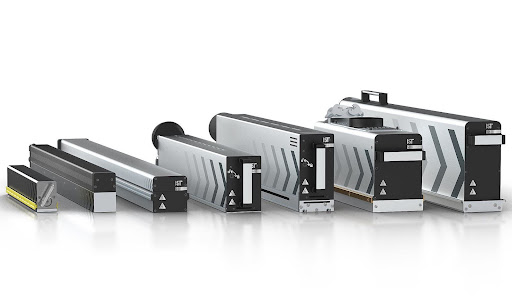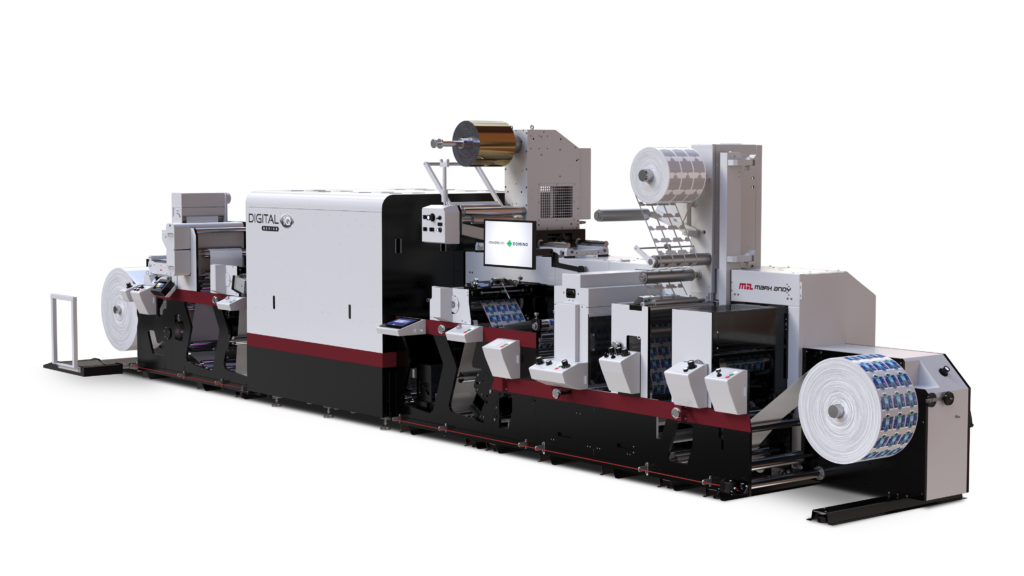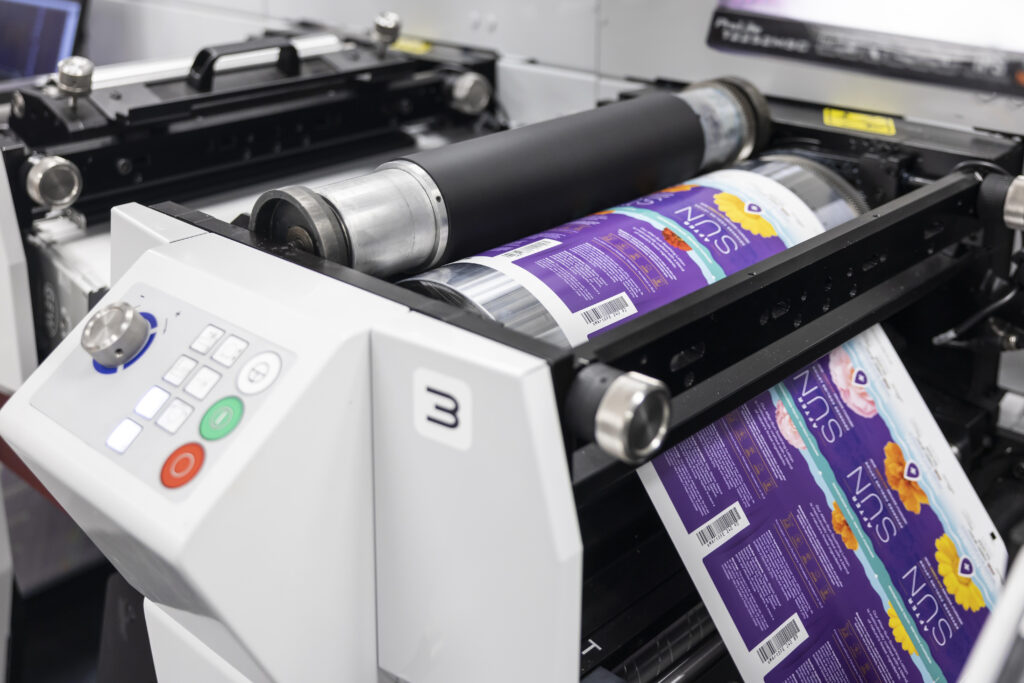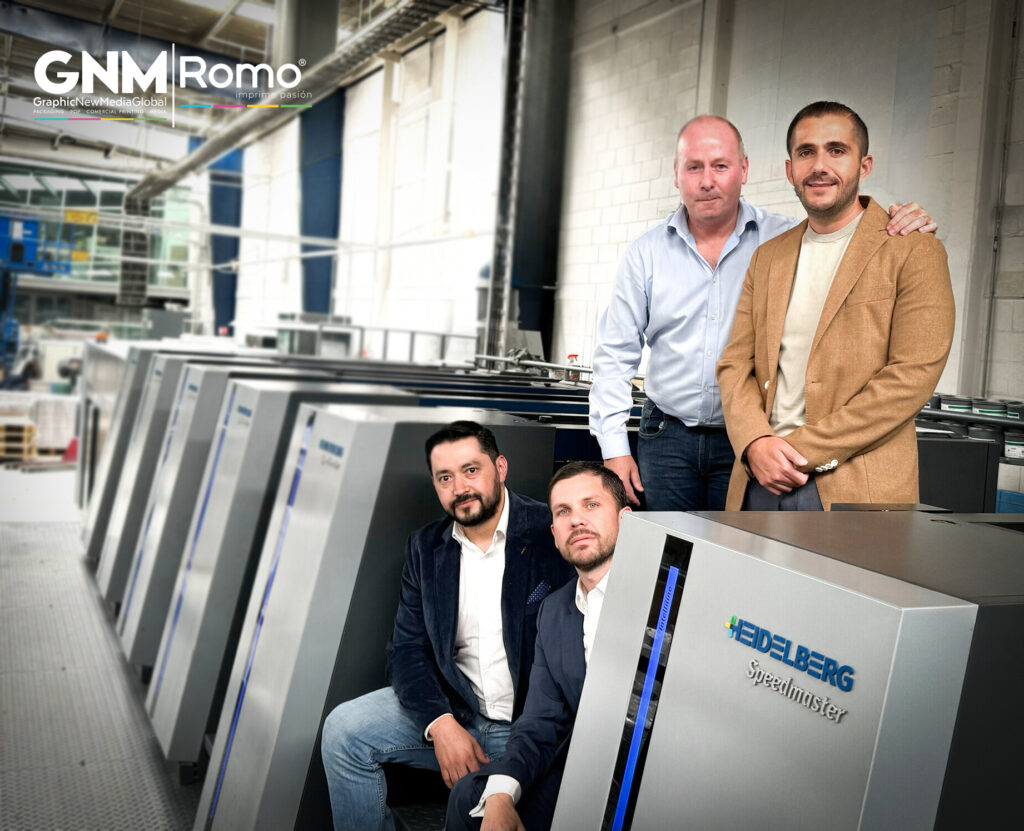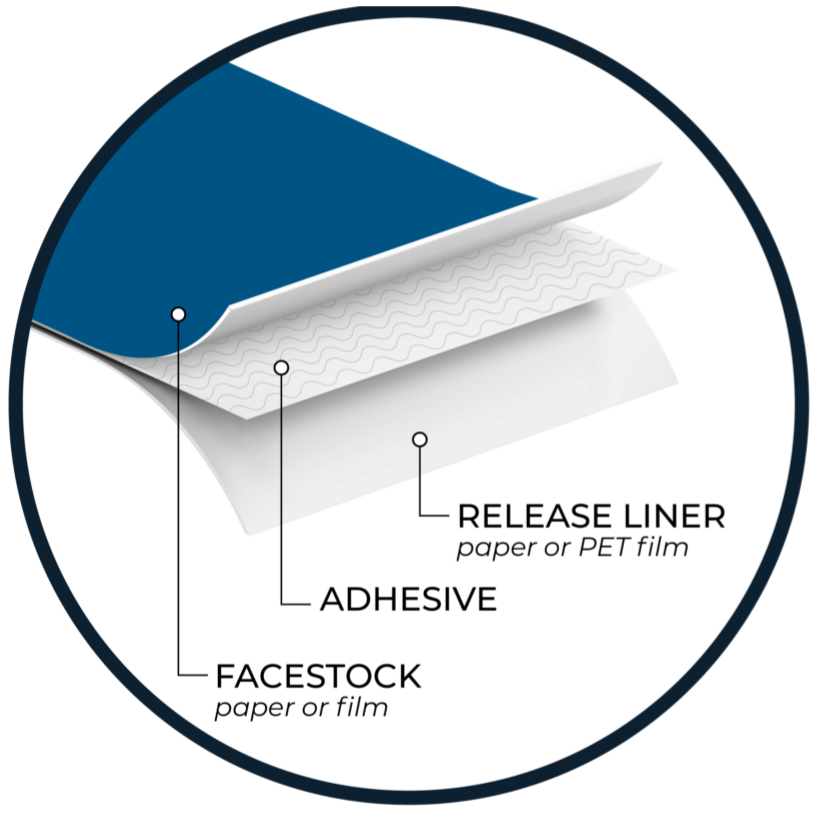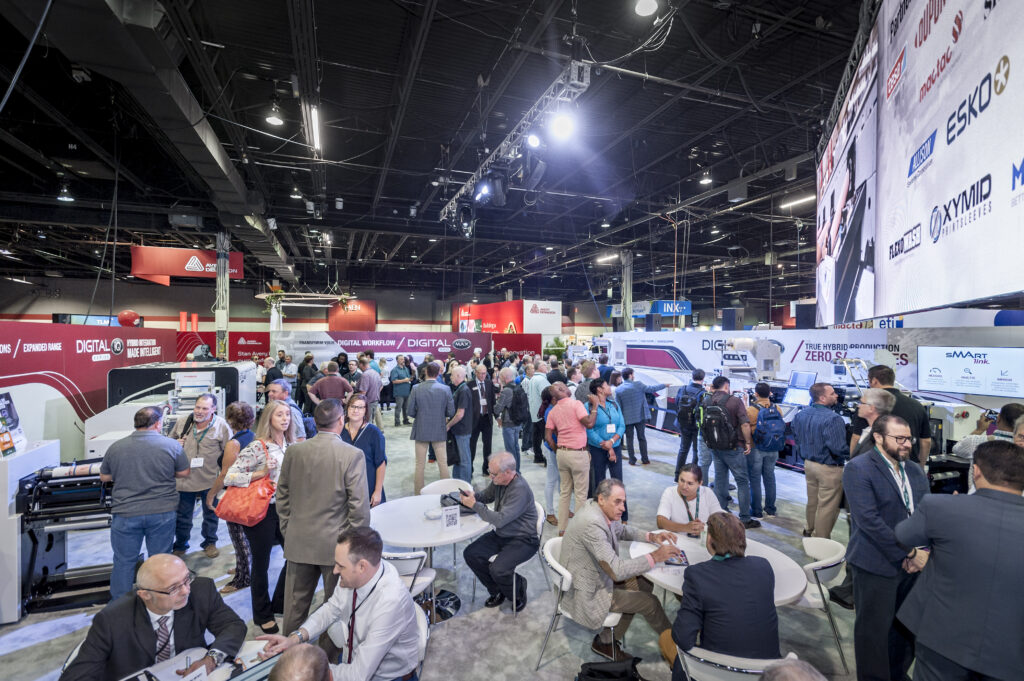EFI Brings Next-Generation Digital Inkjet Printers to PRINTING United Expo
By: EFI
EFI’s broad portfolio of printers for the display graphics, packaging, and textile markets delivers brilliant quality, innovative functionality, and a clear path to profitability
LONDONDERRY, NH, September 10, 2024 – Electronics For Imaging, Inc. today reported it is exhibiting its newest production-level digital inkjet printers, and displaying brilliant applications and samples produced from their broad portfolio of sign and display graphics, packaging, and textile printers at the PRINTING United Expo, running September 10-12 in Las Vegas. EFI™ is in booth SL7005 at the show.
“We’re happy to be back at the PRINTING United Expo again this year, the premier printing show in the United States,” said Frank Pennisi, EFI’s CEO. “This year, we’re announcing the debut of two brand-new printers alongside several new innovations that impressed crowds at drupa and other events earlier this summer. This show enables us to reconnect face-to-face with customers and partners and reaffirm our commitment to pushing the boundaries of what’s possible. We’re here to deliver innovation that sharpens our customers’ competitive edge, enabling them to increase productivity, drive efficiencies into their processes, lower costs, and grow profit margins.”
Visitors to EFI’s booths will see live demonstrations of its latest innovations for sign and display graphics producers and learn how they can turn these new, disruptive capabilities into opportunities. Two brand-new printers will be on display in EFI’s booth:
· The 3.2-meter EFI VUTEk® M3h hybrid flatbed/roll-fed LED printer designed for print providers looking to make the move to higher-volume, production-level printing to reduce costs, increase margins, turn jobs faster, and differentiate their offerings with new substrates and/or applications at a lower cost.
· The 3.5-meter EFI VUTEk X3r roll-to-roll LED printer, engineered for high-volume production of a wide range of indoor and outdoor sign and display applications, combines carefully integrated automation, software, and hardware to support full-shift unattended printing, deliver a complete print-to-finished-graphic workflow system, and take image quality at production-level speeds to a new level.
EFI will also be exhibiting the VUTEk Q3h XP printer at its booth. This high-speed hybrid flatbed/roll-fed LED printer offers exceptional imaging quality, flexible production-level throughput, and advanced media handling and automation options, making it a perfect solution for businesses looking to address current labor challenges and cost-reduction initiatives.
“Visitors to our booth will also see examples of innovative and unique applications made possible by our industry-leading technologies for the packaging, sign and display, and textile markets,” said Ken Hanulec, EFI vice president, worldwide marketing. “This includes samples produced by EFI Nozomi single-pass digital inkjet and EFI VUTEk printers, which deliver super-high speeds and high-quality imaging for the packaging and sign and display markets. We have something on display to inspire everyone.”
New EFI Wide Format Pro+ printers designed for business growth
Several of EFI’s preferred partners are exhibiting EFI Wide Format printers in their booths, including the new EFI Pro 16h+ hybrid LED printer and EFI Pro 30f+ flatbed LED printer, which deliver high-quality imaging at production-level speeds and even more printing capabilities – all with a low total cost of ownership (TCO). The EFI Pro+ printers, featuring new high-performance EFI ProGraphics+™ Series LED-curable inks, raise the bar for entry-level, wide-format production-level printing.
EFI partners demonstrating EFI Wide Format Pro Series printers include LexJet (booth SL5017), Nazdar SourceOne (booth SL10112) and Reece Supply Company (booth SL10136) – all featuring the EFI Pro 16h+ printer. Nazdar will also be showing the EFI Pro 30f+ flatbed LED printer, and Ricoh USA (booth C2161) will be exhibiting the EFI Pro 30h hybrid flatbed/roll-fed LED printer.
“We have a powerful line-up at PRINTING United Expo this year and we are looking forward to showing how our latest innovations can not only positively impact our customers’ growth and profitability but also their sustainability goals,” Pennisi added.
To learn more about EFI’s portfolio of innovative digital inkjet products and support services, visit www.EFI.com.
About EFI
EFI™ is a global technology company, leading the worldwide transformation from analog to digital imaging. We understand our customers want breakthrough technologies to lead them through their digital journey. That’s why we’re passionate about driving their business growth with a scalable portfolio of products, solutions, services, support, and world-class partnerships for the manufacturing of signage, packaging, textiles, ceramic tiles, and building materials with a wide range of printers and inks. They work together to increase profits, cut costs, improve productivity, and optimize efficiency – job after job, year after year. We are devoted to our customers. And we definitely believe we have the right people, technology and experience to help them achieve their business goals.
